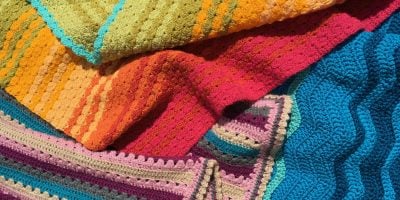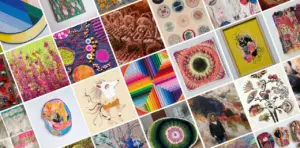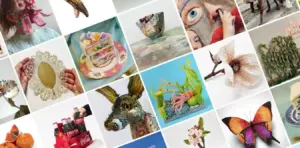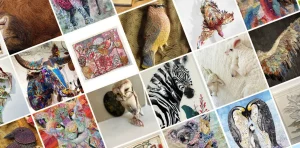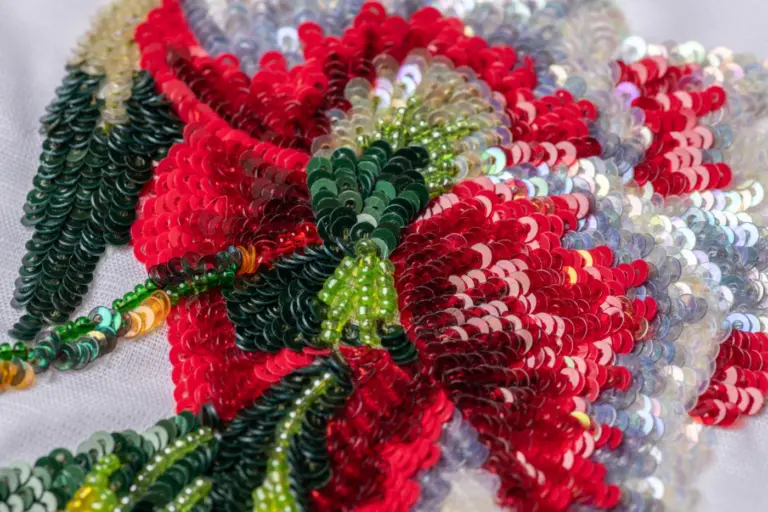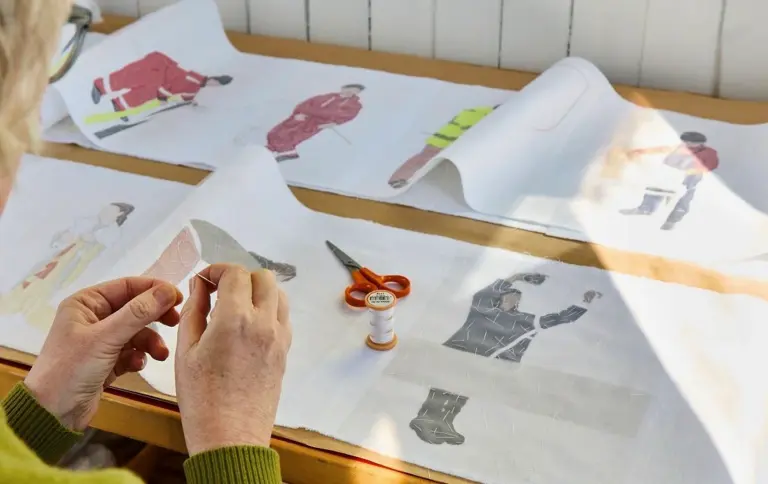Delicate, layered and quietly powerful are just some of the words that come to mind when describing the work of hand stitched applique artist Emily Jo Gibbs. Internationally recognised for her exquisite use of silk organza, Emily has built a reputation for creating portraits and still lifes that capture beauty in the everyday. Whether it is a jam jar with a stick, a child at play, or a boat builder at work, Emily finds meaning in details that might otherwise be overlooked. Her practice is also a gentle but powerful advocacy for the value of making, recognising the skills, dexterity and creativity of artisans across different fields.
Emily’s career has been anything but ordinary. Between 1993 and 2006 she made luxury handbags, many of which are now held in prestigious collections such as the Victoria and Albert Museum and the Museum of Fine Art, Houston. After stepping away from fashion, she gradually shifted her practice towards creating flat textile works. This change allowed her to explore image making through fabric while developing her signature approach with organza and hand stitch. Today, her work celebrates both people and processes, honouring those who make by dedicating time and care to depict them. She is currently artist in residence at Trinity Buoy Wharf in London, alongside teaching and exhibiting internationally.
In this inspiring episode of the Textile Talk podcast, Emily shares her journey, her techniques and her passion for celebrating makers. Here is a closer look at what listeners will learn.
Emily Jo Gibbs
Textile Talk with Emily Jo Gibbs
Listen to the episode on your favourite podcast platform or click the link below to listen now.
From Luxury Handbags to Fine Art Textiles
Emily began her career designing high end evening bags, combining her background in wood, metal and plastics with an inventive approach to materials. She explains that her love of silk organza started during this period. At the time, she did not have the resources to commission custom fabrics, so she became skilled at experimenting with surfaces, decoration and colour. Those early explorations laid the foundation for her later textile work.
When Emily stepped back from handbag making after having children, she turned to what she describes as “flat work” or picture making with fabric. The transition from three dimensional handbags to two dimensional textile images might seem unusual, but she found that her experience in product design and surface decoration flowed naturally into this new way of working. It was also a chance to create work that was deeply personal rather than purely functional.

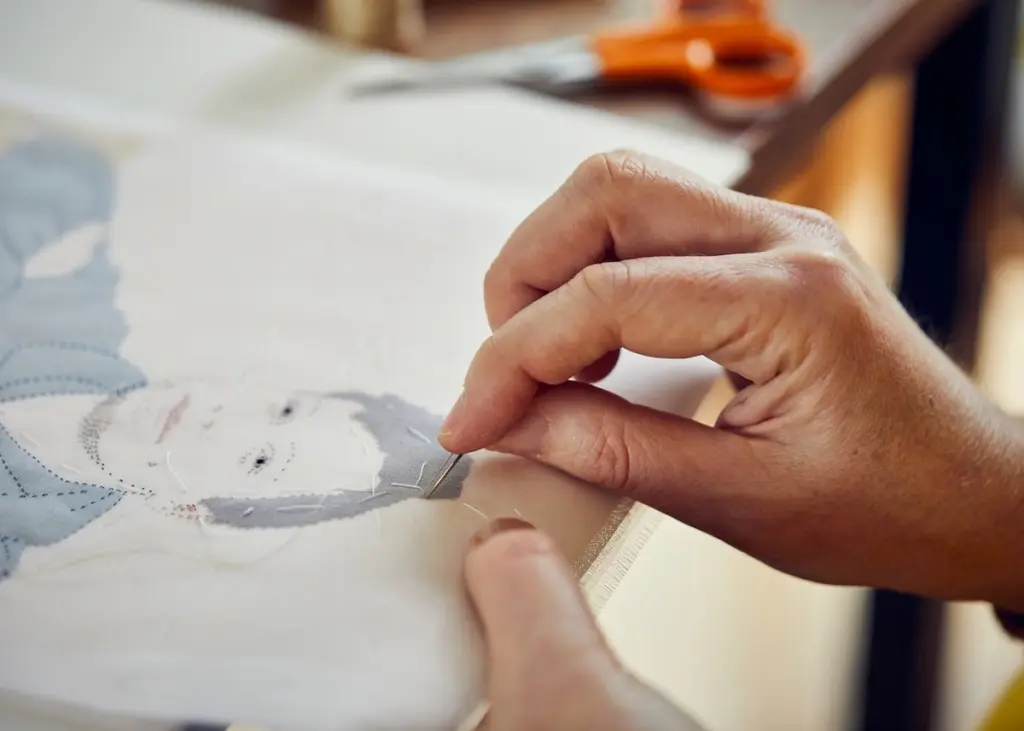
Developing a Unique Technique
One of the highlights of the interview is Emily’s description of her distinctive applique method. She layers silk organza in precise shapes, trapping colour and line within transparent layers to build images. By cutting the fabric alongside paper templates she achieves remarkable accuracy, allowing colours to blend and overlap in subtle ways.
Emily also talks about her preference for hand stitch rather than machine stitch. For her, the slowness of the process is part of the meaning. Placing each stitch is both meditative and purposeful, and it mirrors the time and dedication shown by the makers she depicts. She enjoys how a few carefully placed stitches can suggest a face or a gesture, leaving the viewer’s eye to complete the image. This “lightness of touch” has become central to her style.
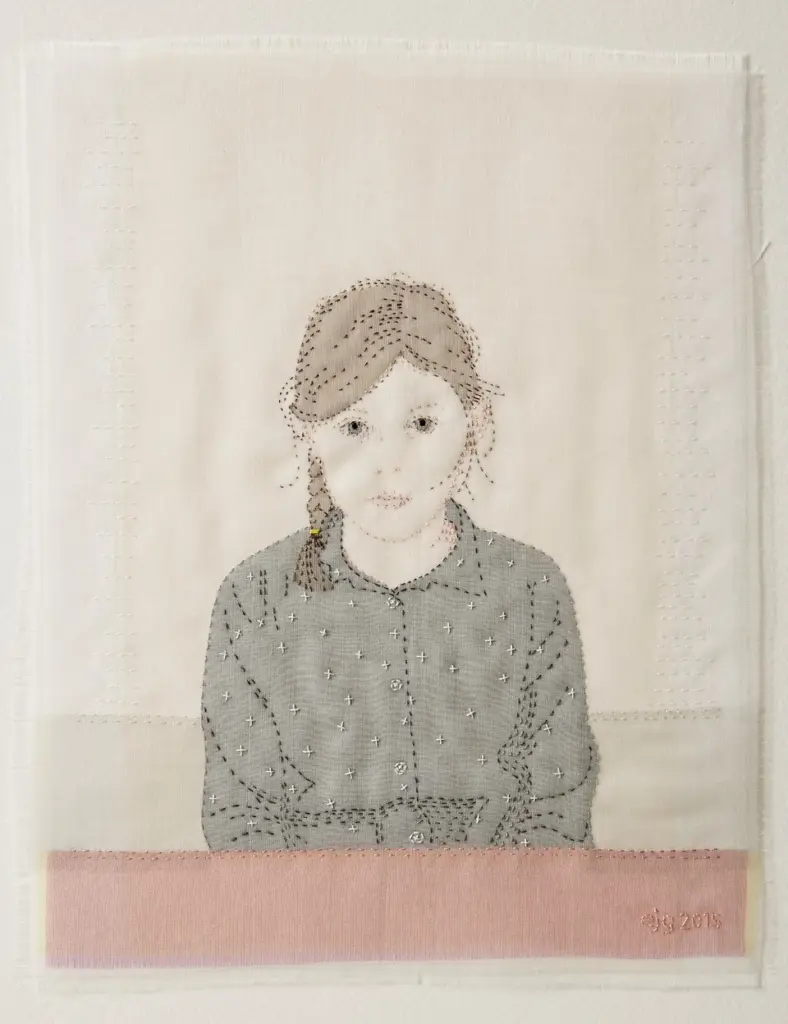

The Value of Making
Emily’s celebrated series The Value of Making shines a light on craftspeople by portraying them through their tools. This idea grew out of an early collaboration with fellow textile artist Bridget Bailey, when Emily realised that depicting pincushions and tools could be as powerful as a traditional portrait.
Since then she has created portraits of jewellers, glassblowers, boat builders and many others, often focusing on people whose work is under recognised. She explains that in a society that increasingly values academic skills over practical ones, makers are often undervalued. Her portraits act as a way of saying “I see you” to those individuals.
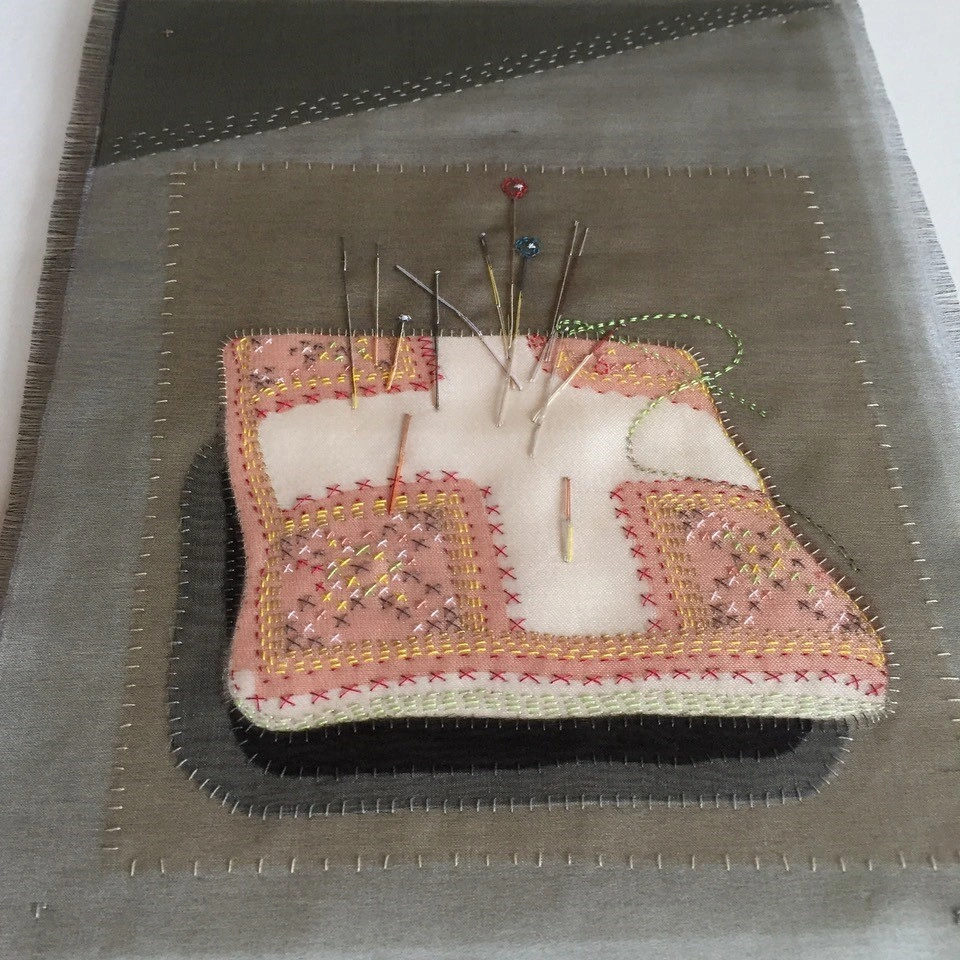
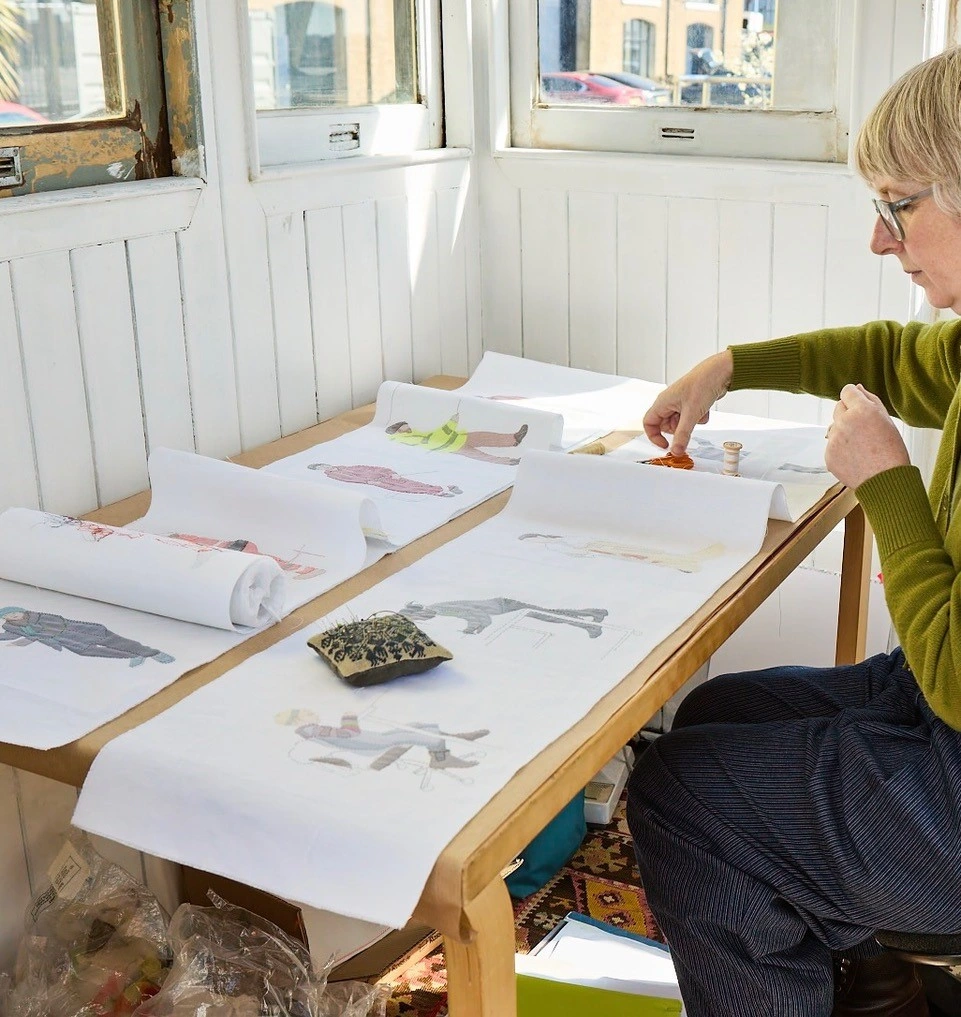
Artist in Residence at Trinity Buoy Wharf
Emily’s current residency at Trinity Buoy Wharf offers a fascinating glimpse into her evolving practice. She describes creating a “procession” of small portraits depicting people across the site, from boat restorers and opera prop makers to sculptors and engineers. Rather than traditional head portraits, these works show whole figures, capturing gestures and movements that speak to the act of making.
What is especially interesting is Emily’s decision to exhibit parts of this long work unfinished, with tacking stitches still visible. Visitors responded positively to the energy of these marks, challenging her own assumptions about how her work should look. Listeners will enjoy hearing how this has encouraged her to reconsider her process and to embrace the liveliness of work in progress.
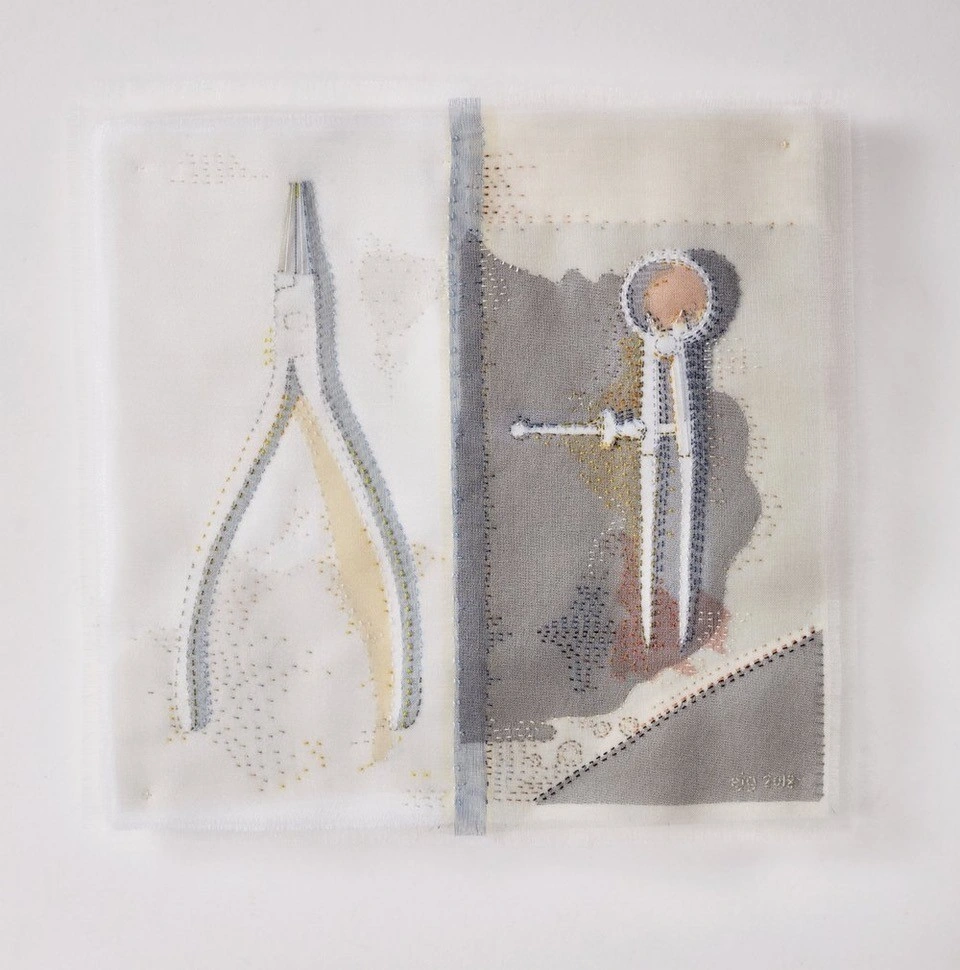
Teaching, Commissions and Community Projects
Alongside her studio practice, Emily is a dedicated teacher. She speaks about how teaching balances the solitude of her own work, providing opportunities for conversation and collaboration. From one day workshops to longer courses, she encourages students to embrace mistakes, see them as part of learning, and value the meditative nature of stitching.
She has also undertaken rewarding community projects, such as Kids Today, which captured the children from her London street, and a recent project with a breast cancer charity, where participants created portraits to be exhibited during Breast Cancer Awareness Month.
On the subject of commissions, Emily explains that she enjoys the process most when clients trust her eye. She prefers to work from relaxed photographs rather than posed ones, as this results in portraits that feel authentic and natural.
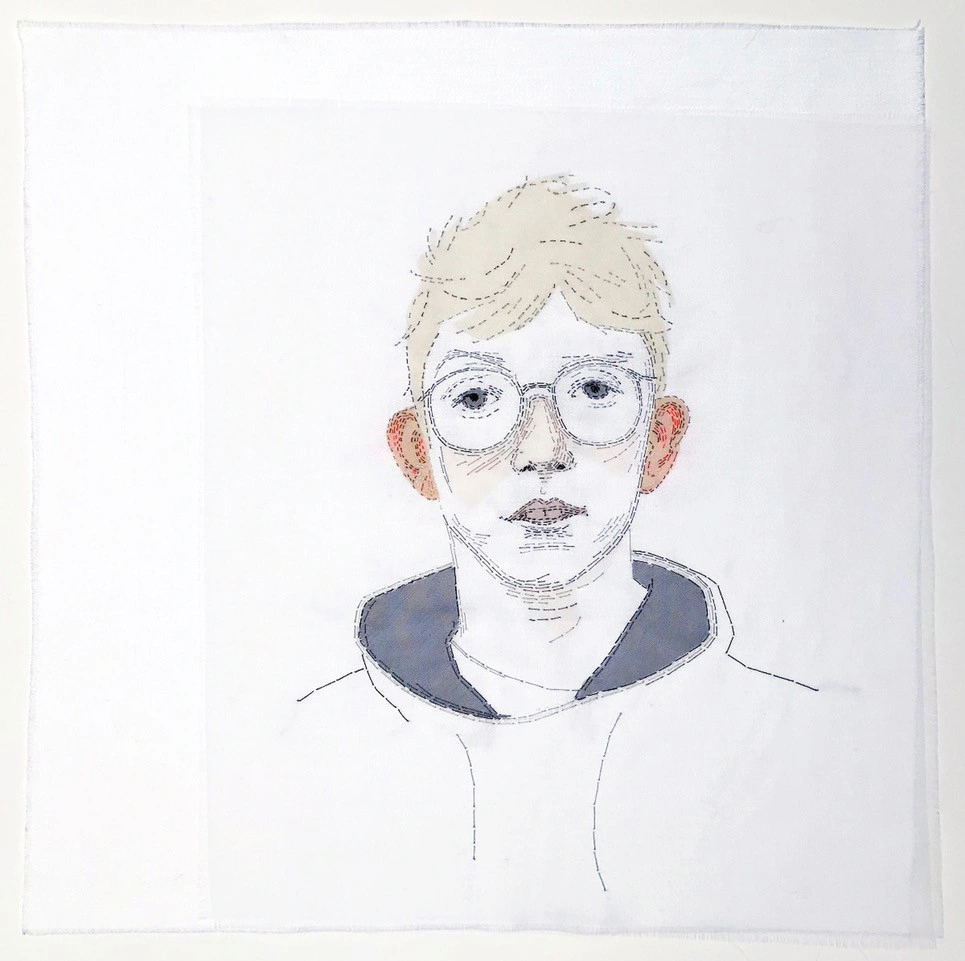
Embracing Mistakes and Handling Rejection
Emily’s candid reflections on mistakes and rejections will resonate with many listeners. She talks about how small “mistakes” in stitch often disappear once a piece is complete, and why it is important to keep adding rather than endlessly unpicking. She also shares how she copes with the disappointment of having work rejected from exhibitions. With more than 30 years of experience, she emphasises that rejection should never stop an artist from applying again or seeking out their own opportunities.
Her advice is practical and reassuring: the quality of the work remains, even if it is not selected on a particular occasion. This perspective is an important lesson for artists at all stages of their careers.
Looking Ahead
Emily ends the conversation by looking towards the future. She will continue her residency at Trinity Buoy Wharf and is excited about exploring new ideas with cut but unstitched organza. She is also preparing for an upcoming exhibition with the 62 Group of Textile Artists. With teaching, commissions and ongoing projects in the mix, her year ahead promises to be full and inspiring.
Listen to the full conversation with Emily Jo Gibbs on the Textile Talk podcast to be inspired by her story, her practice and her passion for the value of making.



